Thanks Vernon. That's the summary I was asking for. Unfortunately, I don't have enough time to read papers outside of my specific area of research. Job and family keep me busy, and with summer (MV season) coming I'll be pulling 4 hours of sleep a night for 90 days.vabrou wrote: ↑Wed Apr 03, 2024 3:32 pm Chuck, I direct you to view our 30-year sphingids of Louisiana study. .... taken in fermenting bait traps included Sphinx kalmiae Neurn., Enyo lugubris (L.), Sphecodina abhottii (Swainson), A. floridensis, Darapsa myron, and Darapsa pholus (Cram.). We captured several specimens each of species not generally known to be attracted to fermenting bait were taken by this method, including Laothoe juglandis (J. E. Smith), Hemaris diffinis , Darapsa versicolor (Harr.), and Xylophones tersa (L.). S.
-
Chuck

- Premium Member - 2024

- Posts: 903
- Joined: Mon May 23, 2022 2:30 pm
Re: butterfly bait trap
by Chuck » Thu Apr 04, 2024 11:44 am
-
wollastoni

- Site Admin

- Posts: 458
- Joined: Fri Mar 18, 2022 9:51 am
Re: Juvisy Insect Fair 2024
by wollastoni » Thu Apr 04, 2024 7:24 am
Thank you Pierre, I have updated InsectNet Insect Fair agenda : https://www.insectnet.com/blog/insect-c ... nsect-fair
-
wollastoni

- Site Admin

- Posts: 458
- Joined: Fri Mar 18, 2022 9:51 am
Re: Juvisy Insect Fair 2024
by wollastoni » Thu Apr 04, 2024 7:10 am
If you want to mail it, you should better use the French post system called Colissimo (cheaper and less procedurial than DHL).
In the parcel declaration, you can write "dried dead lepidoptera for study".
-
Barnzell

- Posts: 2
- Joined: Mon Apr 01, 2024 9:08 pm
Re: Juvisy Insect Fair 2024
by Barnzell » Thu Apr 04, 2024 3:05 am
Does anyone in the United States have any experience with purchasing insects at this fair and then importing them to the US? I would really like to go but I am not exactly sure about the process of exporting from France. Of course I would use my American import license and fill out a form 3-177. Would likely mail to myself with DHL. Unfortunately my French is very limited. Any advice would be greatly appreciated.
-
livingplanet3
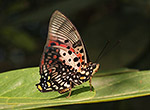
- Premium Member - 2024

- Posts: 592
- Joined: Tue May 24, 2022 4:55 pm
Re: Rarities in Charaxes
by livingplanet3 » Thu Apr 04, 2024 12:54 am
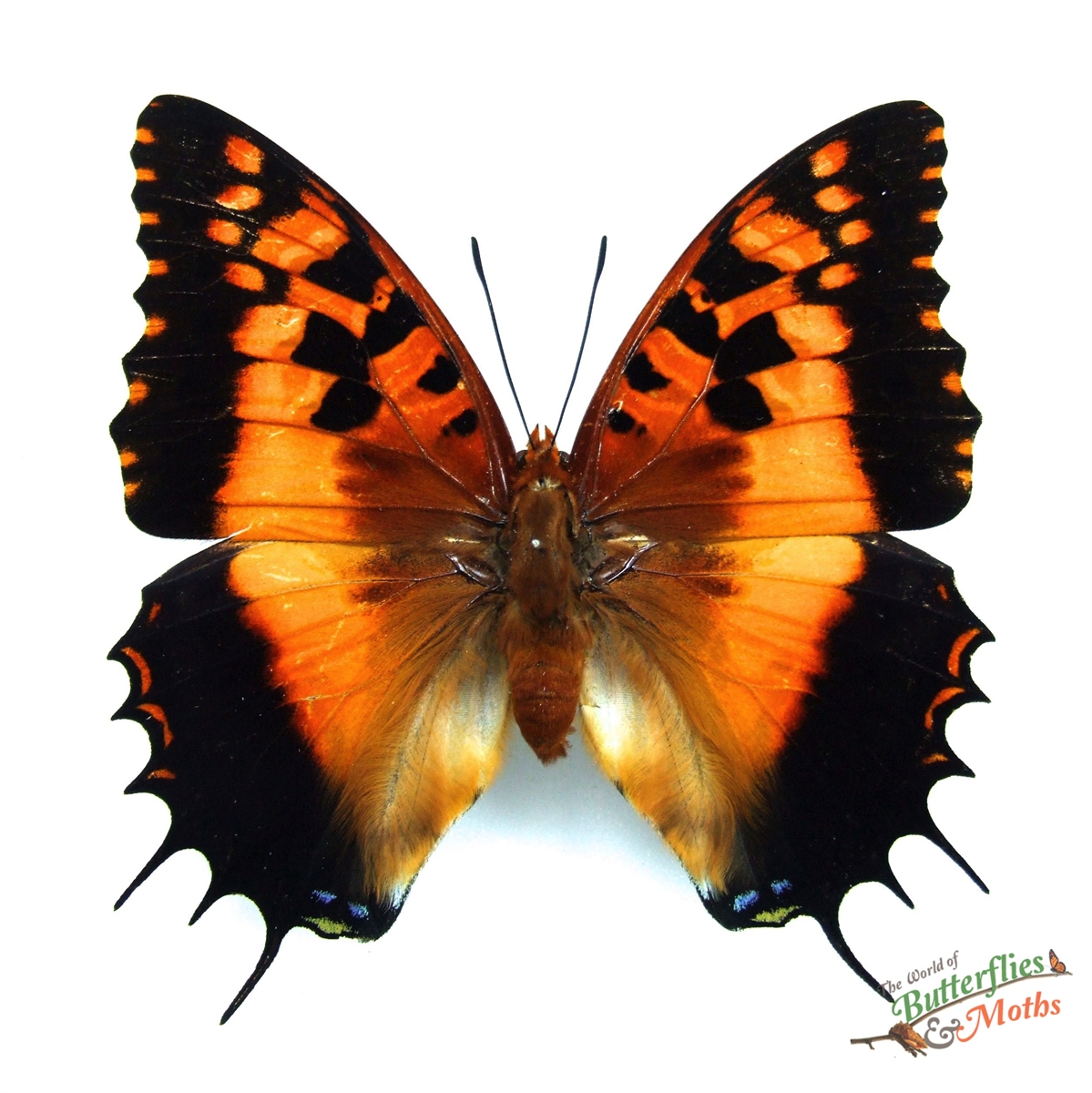
Source: https://wobam.co.uk/product/charaxes-an ... adagascar/
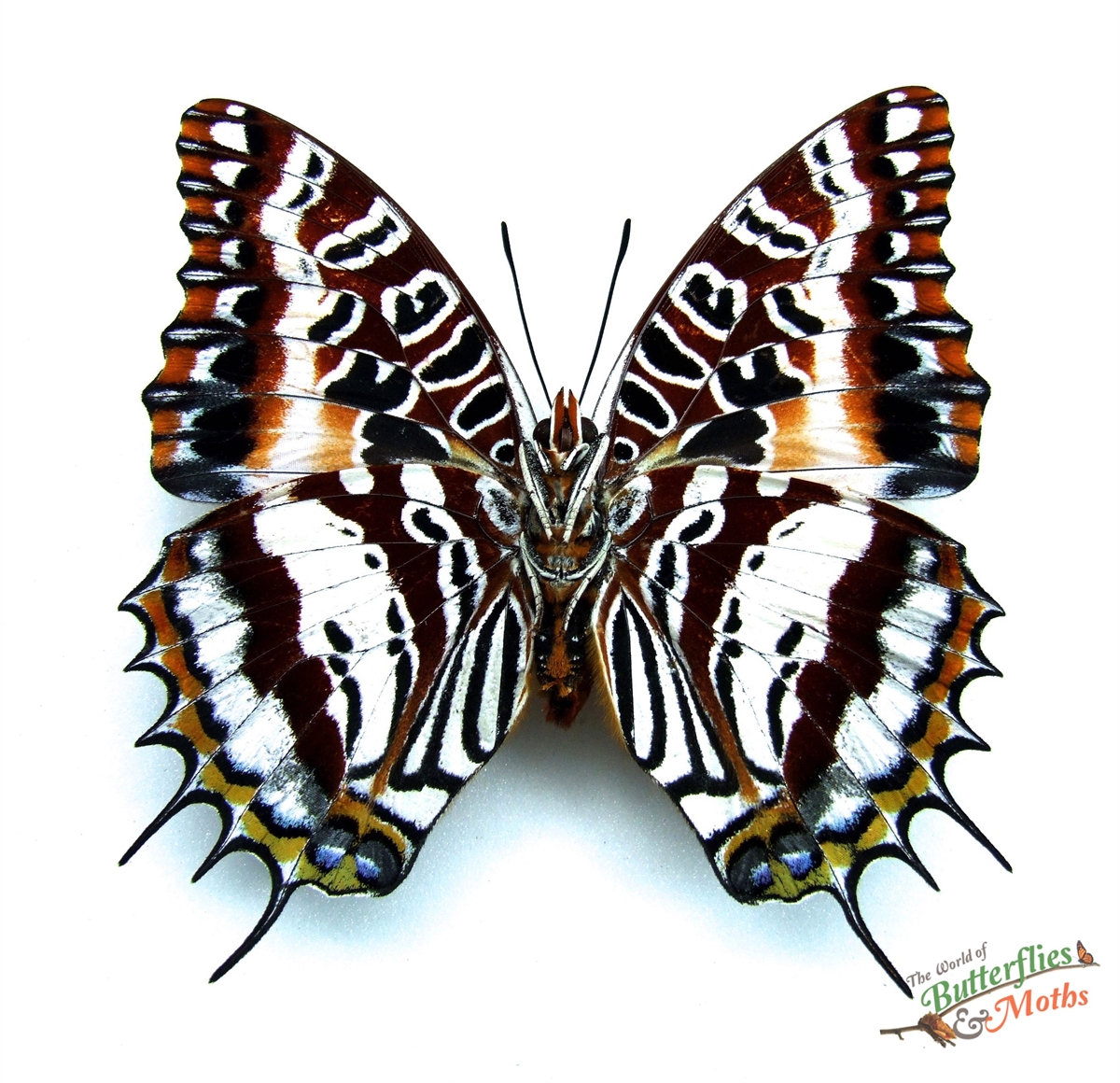
Source: https://wobam.co.uk/product/charaxes-an ... adagascar/
-
eurytides

- Posts: 199
- Joined: Tue May 24, 2022 1:36 am
Re: Using absolutes: always, never
by eurytides » Wed Apr 03, 2024 9:33 pm
-
daveuk

- Premium Member - 2024

- Posts: 889
- Joined: Mon May 23, 2022 8:08 pm
Re: Rarities in Charaxes
by daveuk » Wed Apr 03, 2024 8:31 pm
Don't think these are particularly rare but thought they were worth posting in this thread anyway. This is the only pair in my collection. Shown upperside & underside.
- Attachments
-
- Screenshot_20240403_212100_Gallery.jpg (581.22 KiB) Viewed 117 times
-
- Screenshot_20240403_212116_Gallery.jpg (725.73 KiB) Viewed 117 times
-
Pierre

- Posts: 10
- Joined: Tue May 24, 2022 1:52 pm
Re: Juvisy Insect Fair 2024
by Pierre » Wed Apr 03, 2024 7:19 pm
-
Baldie

- Posts: 3
- Joined: Wed Jan 31, 2024 2:51 pm
Re: What moth species is this?
by Baldie » Wed Apr 03, 2024 6:41 pm
-
Baldie

- Posts: 3
- Joined: Wed Jan 31, 2024 2:51 pm
What moth species is this?
by Baldie » Wed Apr 03, 2024 6:14 pm
-
Chuck

- Premium Member - 2024

- Posts: 903
- Joined: Mon May 23, 2022 2:30 pm
Re: Using absolutes: always, never
by Chuck » Wed Apr 03, 2024 5:27 pm
I'm rather caught in the middle- I like to keep things short, which at times requires the reader's understanding that there are exceptions.
If I have to write something like "chances of finding Papilio multicaudata east of the Mississippi are .00001%" for every instance when a "fact" is presented then a paper would double in size without adding any real value.
Even something so simple as "flight period June-August" infers that there are no adults on the wing in September, while in fact one might see one per year the first few days of September. Must such a thing be accounted for? We as scientists KNOW there are outliers in virtually every case; the end of the bell curve is miniscule.
-
vabrou

- Posts: 89
- Joined: Mon May 23, 2022 11:22 am
Fulgoridae of Louisiana
by vabrou » Wed Apr 03, 2024 5:20 pm
Freely accessible link:
https://www.academia.edu/117030842/Fulg ... _Louisiana
-
vabrou

- Posts: 89
- Joined: Mon May 23, 2022 11:22 am
Re: Using absolutes: always, never
by vabrou » Wed Apr 03, 2024 4:48 pm
One idiotic thing that even the most learned persons do is to say something is 1000% true. Once one has reached 100%, there is no more of anything beyond 100%. This is entirely different than saying something is 10 times as many e.g. 10 times 100 = 1000 (a quantity) which does not infer or result in 1000 (percent). I can proclaim with 'absolute certainty' that there are a few persons reading this do not comprehend this concept.
I can say with certainty and agree there are 'probably' exceptions to any proposed rules. Chuck, I watched a video where someone was 'running' from an out of control vacuum. An exception obviously.
I will end with that statement I often repeat: The only persons that don't make mistakes are those that do not do anything. Now this is a 100% certainty, then maybe not.
I note that novice collectors often go out light trapping 2-3 days in a year and afterward make foolish BS statements publicly based upon their meaningless experiences. Even though I have operated all of insect traps for nearly 50 million trap hours, I cannot with certainty make some proclamations as an absolute. Such statement have to have some limiting criteria. Another example is in our N.A. scientific literature for the past near two centuries is the repeatedly plagiarized statements concerning how many broods of lepidoptera species exists. Nearly all of these statements do not have have any limiting criteria. e.g. someone reporting a species in Canada only has one annual brood and makes such a proclamation without clarifying that occurred in Canada (this is how our scientific literature reads). But that same species here in Louisiana may have 11 or more annual broods. Here in Louisiana are several agricultural noctuid pest species which have 13 annual broods, How can that be? 13 broods X 28 days each = 364 days.
-
FranKz

- Posts: 2
- Joined: Mon Mar 18, 2024 2:48 pm
Re: Juvisy Insect Fair 2024
by FranKz » Wed Apr 03, 2024 4:17 pm
-
kevinkk
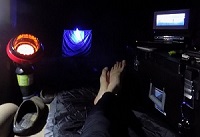
- Premium Member - 2024

- Posts: 321
- Joined: Mon May 23, 2022 5:06 pm
Re: Using absolutes: always, never
by kevinkk » Wed Apr 03, 2024 3:39 pm
the old saying is the only certainties in life are death and taxes, I would argue that taxes are not a certainty, and we can only count on expiration.
An interesting observation, and an issue fixed with proper language and grammar, in their correct context.
-
vabrou

- Posts: 89
- Joined: Mon May 23, 2022 11:22 am
Re: butterfly bait trap
by vabrou » Wed Apr 03, 2024 3:32 pm
To answer your question you will find what species was captured at UV light and which species were attracted to bait in that study. We captured e.g. all the normally considered dayflying species of hawk-moths occurring in Louisiana using our UV light traps (night collecting). From our 26-year portion publication we reported species more often taken in fermenting bait traps included Sphinx kalmiae Neurn., Enyo lugubris (L.), Sphecodina abhottii (Swainson), A. floridensis, Darapsa myron, and Darapsa pholus (Cram.). We captured several specimens each of species not generally known to be attracted to fermenting bait were taken by this method, including Laothoe juglandis (J. E. Smith), Hemaris diffinis , Darapsa versicolor (Harr.), and Xylophones tersa (L.). Several Agrius cingulata (F.) and Amphion floridensis were captured in pitfall traps baited with a mixture of human feces, water, and ethylene glycol. Interesting about L. juglandis as adults of this species have been incorrectly reported in the past scientific literature as having non-functioning feeding mouth parts.
Our bait recipes included any an all available fruits of the week (whatever was available to us at any given moment), e.g. bananas, peaches, apples, pears, apricots, cherries, blueberries..... were more readily available These were blended along with granulated sugar and/or cane syrup, etc.... and added cheap regular strength alcohol beer. Never use light beer and never, never, never use honey as it will immediately destroy your bait. We placed the blended bait into used plastic empty milk jugs which allowed easy handling and easily poured bait. The attached photo shows a series of a bi-colored cerambycid beetle (Purpuricenus axillaris Haldeman) which all were captured using banana baits only, none by any other trap methods or any other baits. Showing that experimentation produces unexpected results. Here is another cerambycidae I captured using fermenting fruit bait: Plinthocoelium suaveolens (Linnaeus)
While I'm thing about pouring bait, this same concept works exceptionally well for using (human) dung- easily handled using funnels and easily poured at trap locations using non-chlorinated water pre-added to the dung and then stored for use. NEVER< NEVER< NEVER tightly close lids on any fermenting baits, including especially dung. Never ever store fermenting fruit or fresh dung inside of your home or any buildings.
Here are the three free access links to our Sphingidae of Louisiana publications:
https://www.academia.edu/232102/Distrib ... Sphingidae
https://www.academia.edu/1021607/Addend ... _Louisiana
https://www.academia.edu/1509724/Second ... _Louisiana
and many others can be found on that same site freely accessible. https://independent.academia.edu/VernonAntoineBrouJr
- Attachments
-
- DSCF0040 use this one.jpg (267.7 KiB) Viewed 106 times
-
- DSCF2334 red.jpg (707.27 KiB) Viewed 106 times
-
58chevy
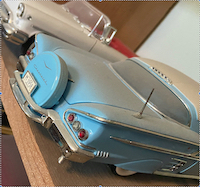
- Posts: 377
- Joined: Mon May 23, 2022 5:58 pm
Re: Using absolutes: always, never
by 58chevy » Wed Apr 03, 2024 3:14 pm
-
vabrou

- Posts: 89
- Joined: Mon May 23, 2022 11:22 am
Re: butterfly bait trap
by vabrou » Wed Apr 03, 2024 1:41 pm
Lid is glass. Reason for glass is so captured insects see bright light and go to it assuming that is an exit. This concept works exceptionally well. The circular tray holding captures easily lifts out, and under the tray is the NaCn killing agent. What was most surprising is the addition of the 1/4" mesh hardware cloth to the outer diameter of the wooden circular tray prevented 99+% of the tiniest insects from passing through this mesh. This same 1/4" mesh flexible hardware cloth is also the perfect material to create the inverted funnel attached to the bottom of the collection chamber (see image).
The outer (white) rings are obtained buy cutting rings out of 50 gallon plastic drums. I do not recommend smaller diameter ring. I experimented several times using smaller diameter rings - poor results.
Top image from about 40 years ago illustrates live capture bait trap (A) next to two early iterations of my bait traps with attached collection chambers (B and C). In all three of these (A,B,C) the screen material is flexible fiberglass 1/8" mesh. Never use steel or aluminum or plastic coated steel as screening material. The steel will rust away and the aluminum is easily chewed by wasps. When used, steel zippers with rust away.
- Attachments
-
- My bait traps 1980's , Abita Springs, La.jpg (89.65 KiB) Viewed 116 times
-
- Bait trap with collection chamber close.jpg (194.78 KiB) Viewed 116 times
-
- DSCF0004 (800MP).JPG (420.16 KiB) Viewed 116 times
-
Chuck

- Premium Member - 2024

- Posts: 903
- Joined: Mon May 23, 2022 2:30 pm
Re: butterfly bait trap
by Chuck » Wed Apr 03, 2024 12:02 pm
-
vabrou

- Posts: 89
- Joined: Mon May 23, 2022 11:22 am
Re: butterfly bait trap
by vabrou » Tue Apr 02, 2024 3:17 pm
You can also place other types of traps nearby your bait traps e.g., light traps, semiochemical lure traps , dung beetle traps, on and on..... This is how I ended up running ~500 insect traps over the past half century. This way you can run these multiple traps more efficiently (time-wise) 4-5 traps at a time instead of one trap at a location stop. Using bait traps allowed capture of as many as 500+ butterflies or 500+ catocala per trap, per day, during the warmer months without the presence of the collector.
If you plan on running a lot of bait traps over many years, consider what i did early on, I planted 160+ fruit trees: apple, pears, peaches, plums, etc.....so I could have easy no-cost access to bait. As a consequence, it also supplied considerable fresh fruit for my family and friends for decades.
Attached photo is one of my many automatic capture bait traps here at my home in Louisiana. This trap uses cyanide for dispatching all insects of any type entering the trap 24 hours daily, thus resulting in the highest possible quality specimens without the presence of the collector, except to pick up the results. Except for some live-capture bait traps, I have incorporated ethyl acetate or Sodium cyanide as a dispatching agent in >95% of the 500 insect traps I have operated. This type of trapping allowed me to be employed full time, have a family, go to college, publish 654 entomological research papers using the specimens I collected, and my wife and I have discovered over 400 species of moths new to science (our target insects), and I have a life without being involved in the time-consuming activities required using classical collecting methods.
- Attachments
-
- 2008 bait trap 2 with collection chamber inet.jpg (721 KiB) Viewed 175 times
